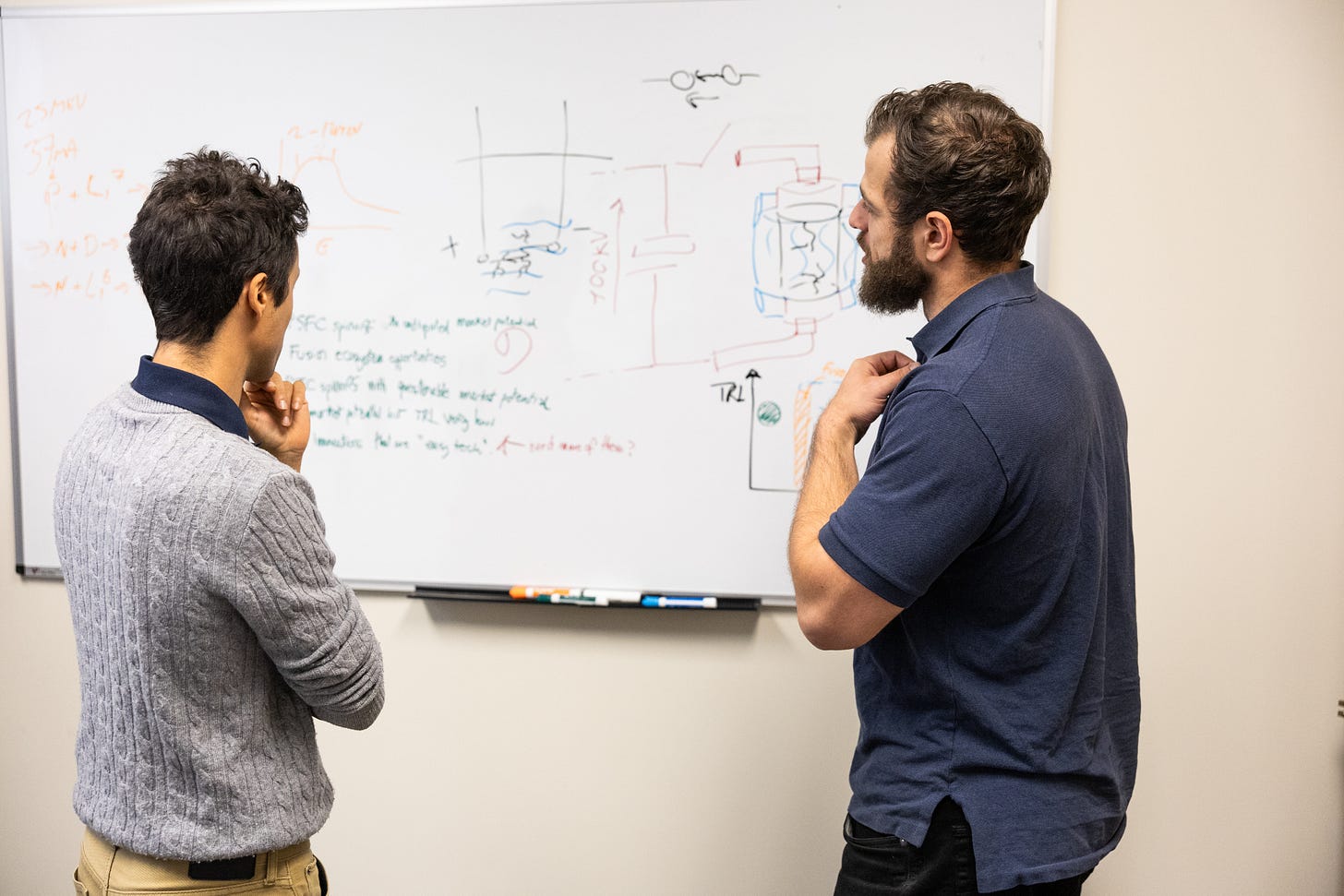At MIT Proto Ventures, I spend most of my time embedded in research labs—meeting with scientists, scouting promising technologies, and looking for patterns that hint at commercial potential.
But sometimes, I don’t discover the idea.
Sometimes, my job is to help someone else turn a fragile, high-potential spark into a real venture.
That’s what happened with Hyperion Transport Systems—a startup that’s now developing powerful, energy-efficient propulsion systems for satellites.
This is the story of how it happened, from my seat inside the lab.
A Researcher With an Idea—And a Question
Theodore Mouratidis, a researcher at MIT’s Plasma Science & Fusion Center (PSFC), had spent years working on high-temperature superconducting (HTS) magnets for fusion reactors. During his postdoc, he began thinking differently: instead of asking how to make better magnets for fusion, he asked:
Where else could these magnets make a difference?
It wasn’t a casual thought experiment. Theo had a background in aerospace engineering from undergrad, and something clicked. If you could apply these compact, powerful magnets to satellite propulsion, you might unlock dramatically better electric thrusters.
He wasn’t sure how to validate that hunch. But he had a direction.
Where I Came In
When I first spoke with Theo, the idea was still early. He had a technical concept and sketched a rough product concept—but it wasn’t a company yet. It didn’t have a roadmap, a funding plan, or a clear product concept.
That’s where my role as a Venture Builder began.
I brought Theo on as a Proto Ventures Fellow. Together, we dug in:
We mapped out the technical risks. What parts of the propulsion system needed validation? What were the achievable performance benchmarks? On what timeframe did these different risks need to be retired?
We scoped the first product. Would it serve telecommunications satellites? Deep space missions?
We built a financial strategy. What grants could support early-stage R&D? What work should happen inside MIT, and what should happen outside?
We navigated the IP landscape. What aspects of the design could be protected? How could we structure rights with the Technology Licensing Office?
We met regularly, sometimes in front of a whiteboard, sometimes over chocolate truffles. I acted as a thought partner, a sounding board, and, when needed, a project manager.
From “Interesting” to “Incorporated”
Over the next few months, things accelerated:
Theo was accepted to the Activate Fellowship, which provided salary support and mentorship
Theo teamed up with Sam Austin to co-found the company. Hyperion was formally incorporated in Q1 2024, with Theo as CEO.
The project received funding from the MIT Deshpande Center for Technical Innovation for follow-on development
Today, the company is prototyping its first magnet-integrated thruster and actively engaging commercial partners in the space industry.
The Real Lesson
This wasn’t a story of me finding a hidden technology in the lab and spinning it into a startup. It was something different—but just as powerful.
This was a case where technically brilliant founders had a compelling seed of an idea—and needed a studio structure, a sparring partner, and a launchpad to make it real.
At MIT Proto Ventures, we often talk about replacing serendipity with structure. A key way that we do this is by providing full-time venture builders who roll up their sleeves and actively partner with researchers as opposed to just providing mentorship & resources.
If You’re Building a Studio: Don’t Just Scout. Partner.
A lot of venture studios focus on idea generation. That’s important. But in a research-rich environment like MIT, many of the best ideas already exist—in half-formed notes, hallway conversations, and the minds of curious researchers.
The real question is: who’s going to help those ideas take shape?
If you embed the right people in the right places—people who can talk physics and pitch decks in the same afternoon—amazing things happen.
Hyperion is just one example. But it reminds me that venture building isn’t about claiming ownership of an idea. It’s about creating the conditions for the right ideas to take flight.
Next in our series: “Replace Serendipity with Structure: A Better Way to Build Startups from Research.”




